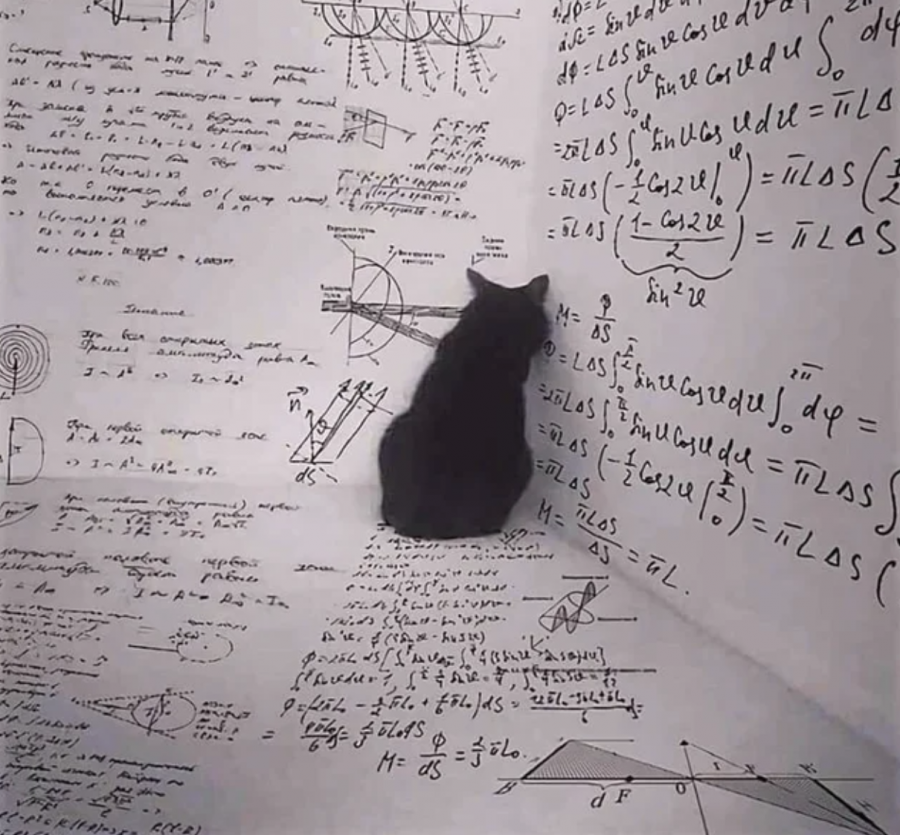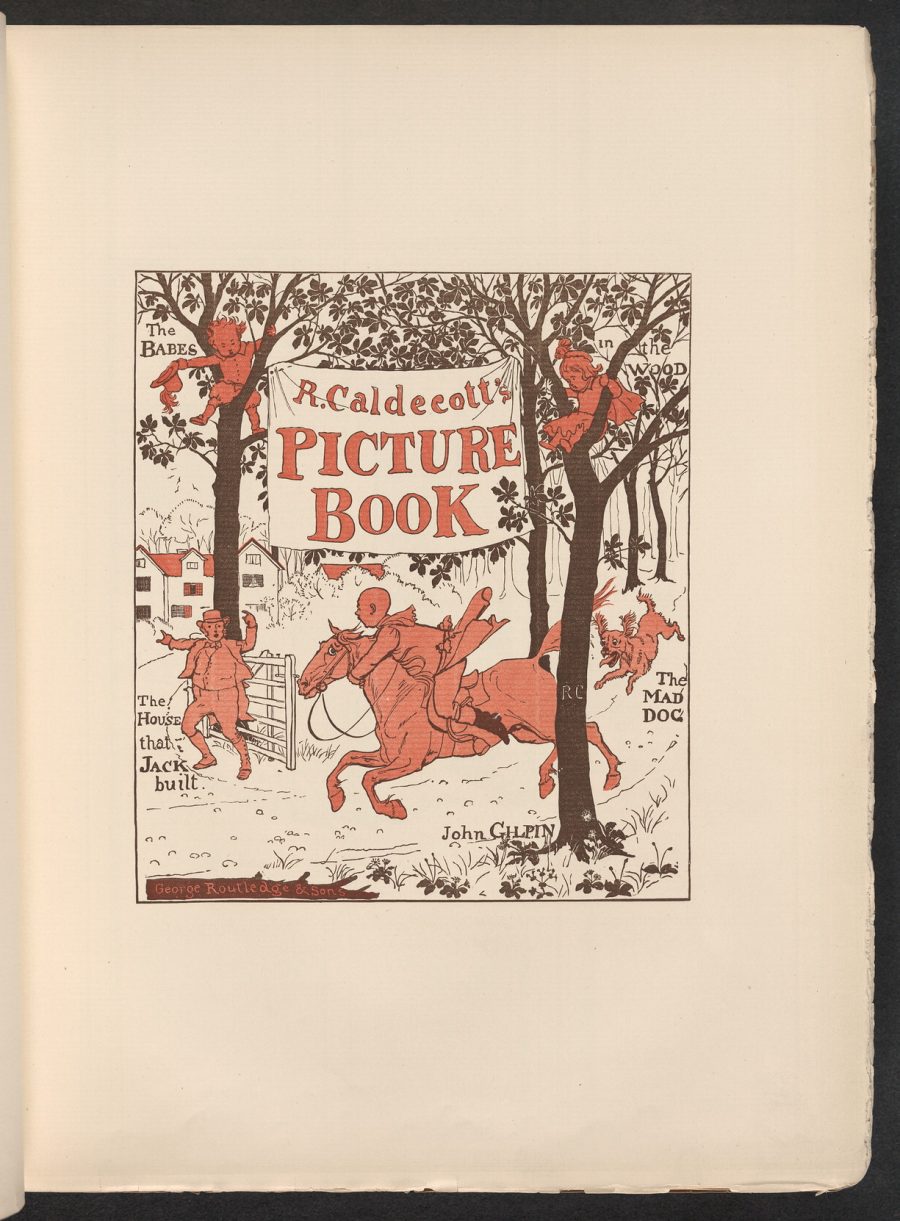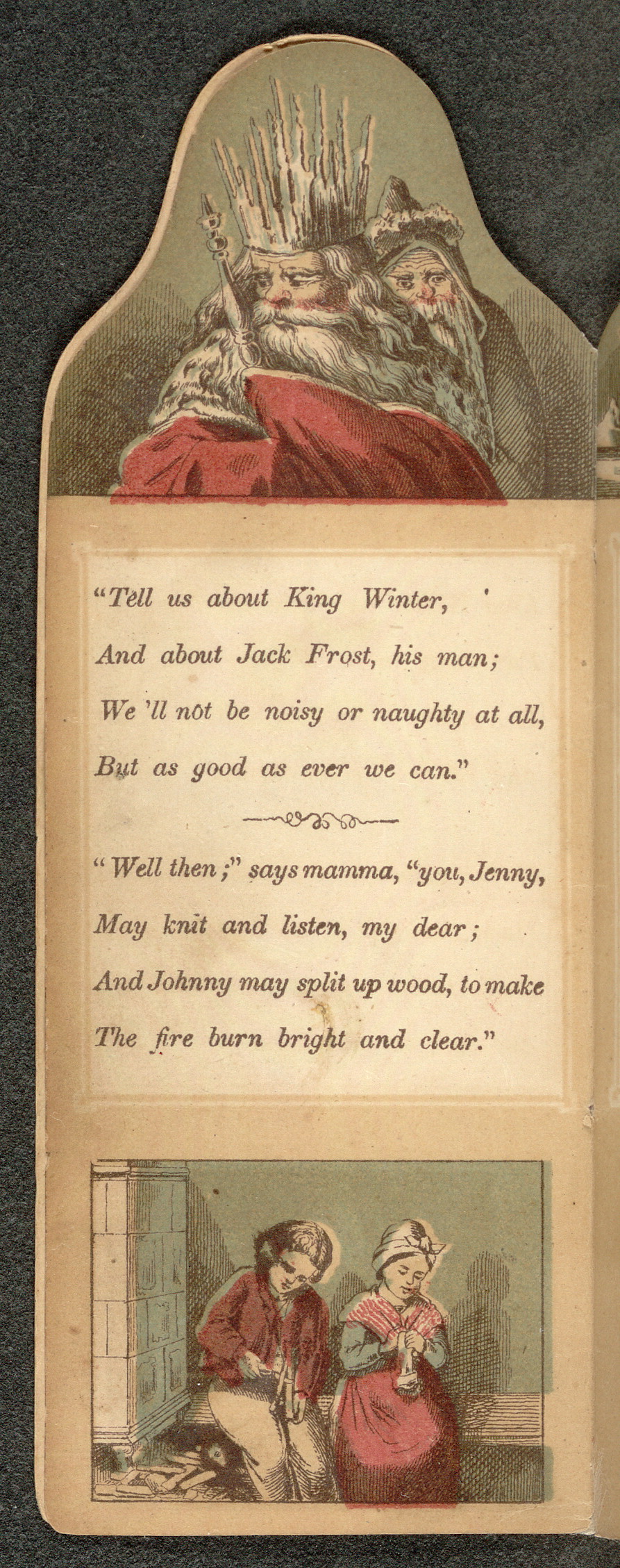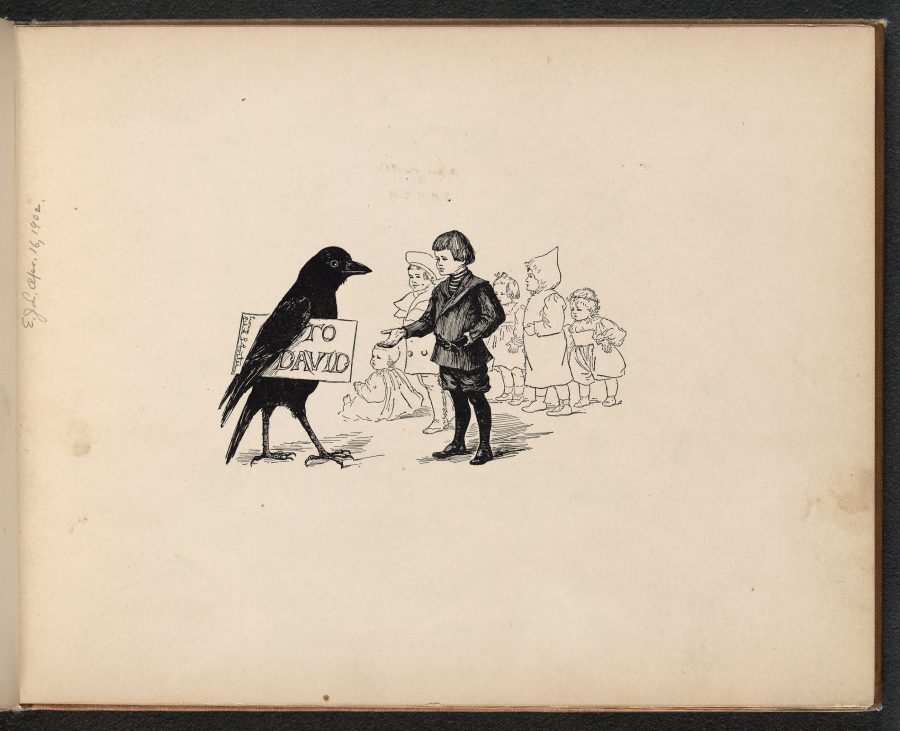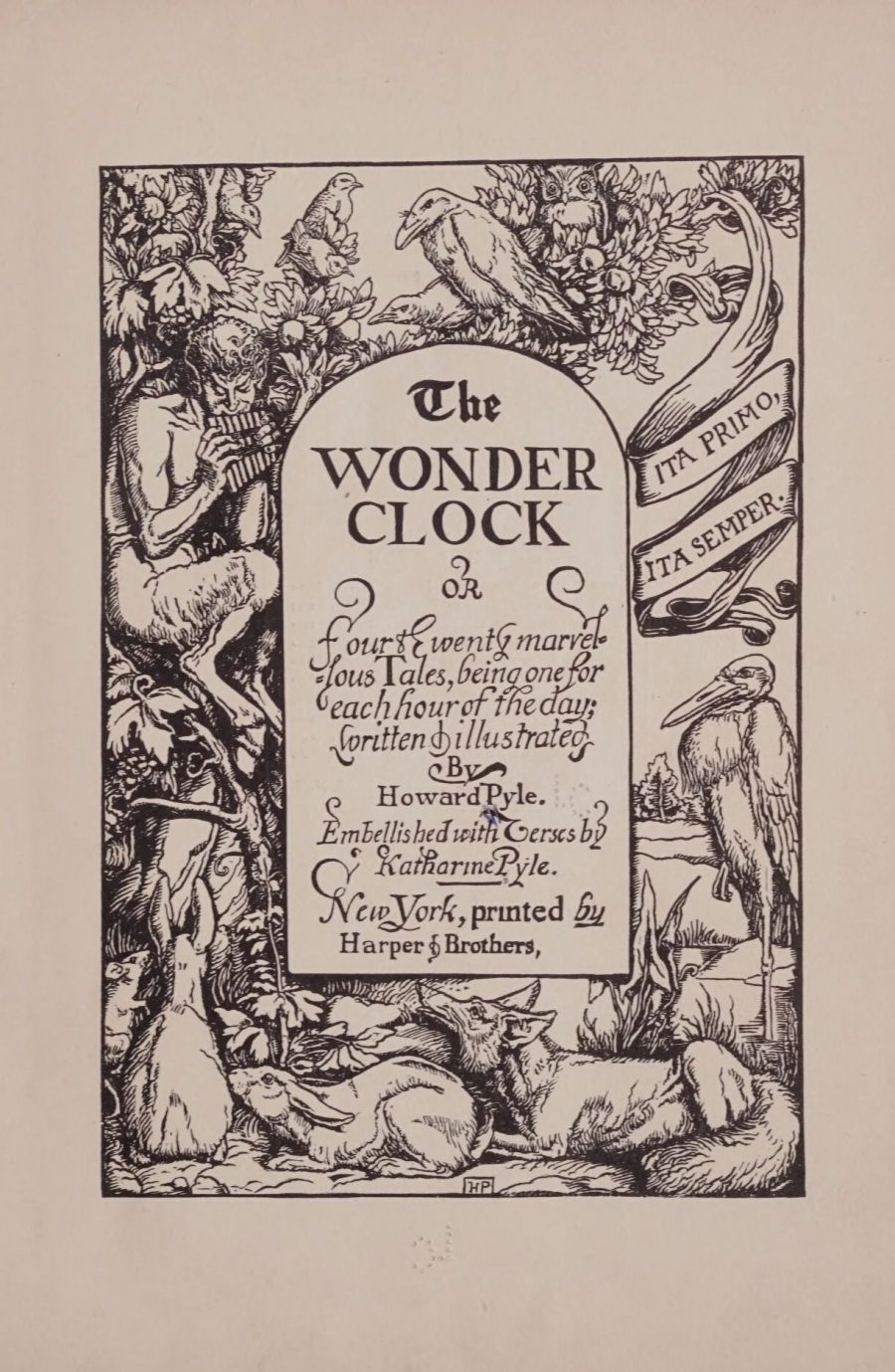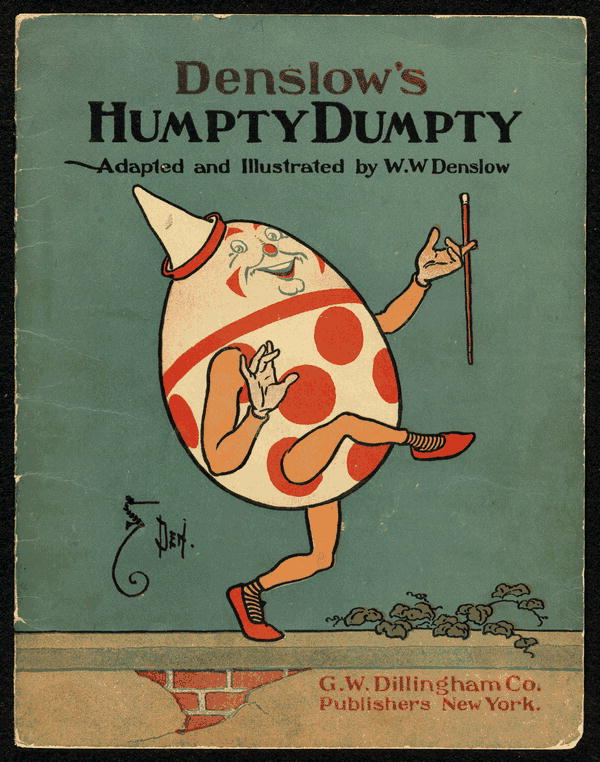When I first moved to North Carolina, one of the first visits I made was to the little town of Carrboro. There sits a plaque on East Main commemorating Elizabeth “Libba” Cotton: “Key Figure. 1960s folk revival. Born and raised on Lloyd Street,” just west of Chapel Hill, in 1893. It’s an accurate-enough description of Cotten’s importance to 60s-era folk, but the limited space on the sign elides a much richer story, with a typical musical theft and unusual late-life triumph.
The sign sits next to a retired train depot converted into a restaurant called The Station, which advertises two claims to fame—R.E.M. played their first show outside of Georgia there in 1980, and Elizabeth Cotten “was inspired to write her famous folk song, ‘Freight Train,’ in the early 1900s as a tribute to the trains that stopped in Carrboro, which she could hear at night from the bedroom of her childhood home.” The song became a standard in American folk and British skiffle.
“Freight Train” was credited for years to two British songwriters, who claimed it as their own in the mid-fifties. However, not only did Cotten write the song, but she did so decades earlier when she was only 11 or 12 years old. It first made its way to England by way of Peggy Seeger, who had heard it from her onetime nanny, Libba, when she was young. “Freight Train” was then picked up by several singers and groups, including The Quarrymen, the skiffle band that would become The Beatles.
Cotten “built her musical legacy,” writes Smithsonian’s Folkways, “on a firm foundation of late 19th- and early 20th-century African-American instrumental traditions.” She had a keen grasp of her musical roots, with her own innovations. A self-taught guitar and banjo player, she flipped the instruments over to play them left-handed. She did not restring them, however, but played them upside-down, developing a captivating fingerstyle technique “that later became widely known as ‘Cotten style.’”
Persuaded by her church to stop playing “worldly music,” Cotten all but gave it up and moved to Washington, DC. There, she might have faded into obscurity, the story of “Freight Train” highlighting just one more injustice in a long history of misappropriated black American music. But the folk-singing Seeger family worked to secure her recognition and relaunch her career.
Cotten first “landed entirely by accident” with the Seegers after returning a young, lost Peggy to her mother Ruth at a Washington D.C. department store where Cotten had been working. The family hired her on as help, and did not learn of her talent until later. After her song became famous, Mike Seeger recorded Cotten singing “Freight Train” and a number of other tunes from “the wealth of her repertoire” in 1957. He was eventually able to secure her the credit for the song.
Thanks to these recordings, Cotten “found herself giving small concerts in the homes of congressmen and senators, including that of John F. Kennedy.” In 1958, Seeger recorded her first album, made when she was sixty-two, Elizabeth Cotten: Negro Folk Songs and Tunes. “This was one of the few authentic folk-music albums available by the early 1960s,” notes Smithsonian, “and certainly one of the most influential.”
Cotten’s story (and her guitar playing) is reminiscent of that of Mississippi John Hurt, who left music for farming in the late 20s, only to be rediscovered in the early sixties and go on to inspire the likes of fingerstyle legends John Fahey and Leo Kottke. But Cotten doesn’t get enough credit in popular music for her influence, despite writing songs like “Freight Train,” “Oh, Babe, It Ain’t No Lie,” and “Shake Sugaree,” covered by The Grateful Dead, Bob Dylan, and a host of traditional folk artists.
Fans of folk and acoustic blues, however, will likely know her name. She toured and performed to the end of her life, giving her last concert in New York in 1987, just before her death at age 94. The recording industry gave Cotten her due as well. In 1984, when she was 90, she won a Grammy in the category of “Best Ethnic or Traditional Folk Recording.” Two years later, she was nominated again, but did not win.
The recognition was a long time coming. In 1963, when Peter, Paul & Mary had a hit with their version of “Freight Train,” few people outside of a small circle knew anything about Elizabeth Cotten. In 1965, The New York Times published an article about her headlined “Domestic, 71, Sings Songs of Own Composition in ‘Village,’” as Nina Renata Aron points out in a profile at Timeline.
But thanks to her own quiet persistence and some famous benefactors, Elizabeth Cotten is remembered not as a housekeeper and nanny who happened to write some songs, but as a Grammy-winning folk legend and “key figure” in both American and British musical history. In addition to her Grammy and other awards, she received the Burl Ives Award in 1972 and was included in the company of Rosa Parks and Marian Anderson in Brian Lanker’s book of portraits I Dream a World: Black Women Who Changed America.
In 1983, Syracuse, New York, where she spent her last years and now rests, named a park after her. And it may have taken them entirely too long to catch up to her legacy, but in 2013, the state of North Carolina recognized one of its most influential daughters, putting up the Historical Marker sign in her honor.
In the videos here, see Cotten, in her spry, prolific old age, play “Freight Train,” at the top, “Spanish Flang Dang” and “A Jig,” further up, in 1969, and “Washington Blues” and “I’m Going Away,” above in 1965.
Related Content:
Watch Rock Pioneer Sister Rosetta Tharpe Wow Audiences With Her Gospel Guitar
Pete Seeger Teaches You How to Play Guitar for Free in The Folksinger’s Guitar Guide (1955)
Download Images From Rad American Women A‑Z: A New Picture Book on the History of Feminism
Josh Jones is a writer and musician based in Durham, NC. Follow him at @jdmagness
